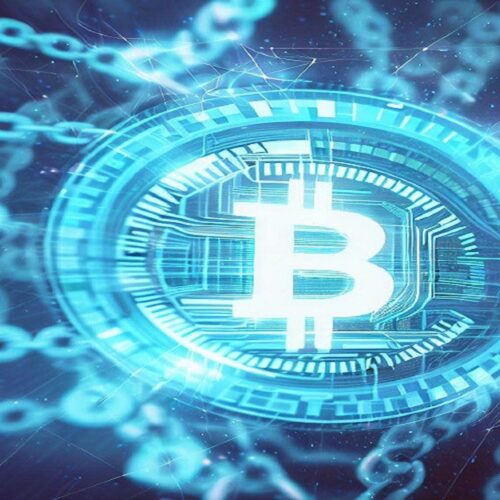Blockchain is a digital ledger that records and verifies transactions and data across a network of participants. It works by using the following steps:
- When a user creates a transaction, such as sending or receiving cryptocurrency, they use a software application called a wallet that provides an interface for the blockchain.
- The transaction is broadcasted to a network of computers, called nodes, that validate the transaction using a set of rules, called a consensus protocol.
- The validated transaction is then added to a block of data, along with other transactions that occurred in a certain period of time. Each block has a unique identifier, called a hash, that is generated by applying a mathematical function to the block’s data.
- The block is then linked to the previous block in the chain, creating a secure and tamper-proof chain of data. The hash of the previous block is included in the current block’s header, ensuring that any attempt to change a block would invalidate the entire chain.
- The blockchain is distributed and synchronized among all the nodes in the network, creating a shared and immutable record of transactions and data that can be accessed by anyone with permission.
You can learn more about how blockchain works by reading these articles:
- Blockchain Facts: What Is It, How It Works, and How It Can Be Used
- How does blockchain work? | Stanford Online
- Blockchain – Wikipedia
I hope this answers your question. Do you have any other questions about blockchain?
Post Views: 555

